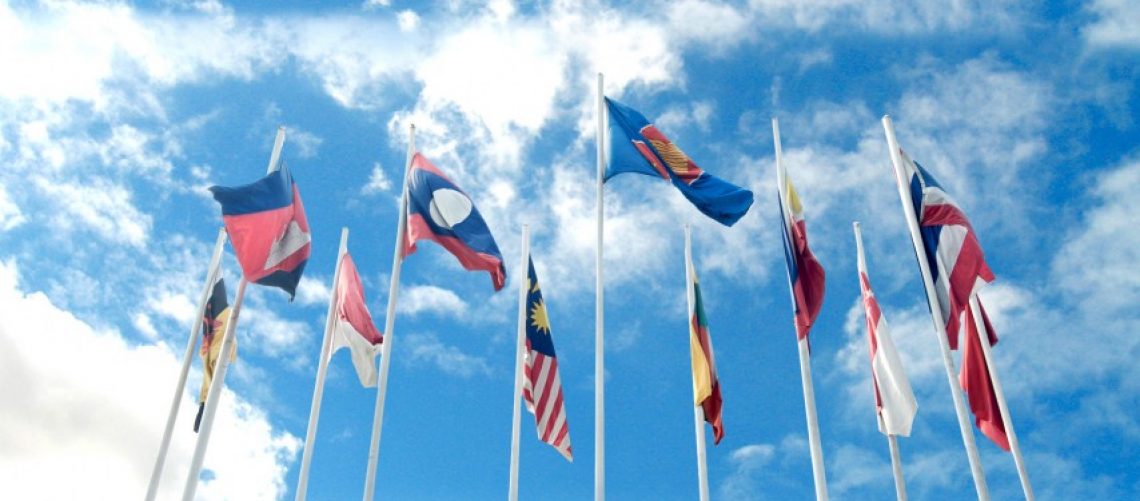Circular Economy and Plastics: A Gap-Analysis in ASEAN Member States. Preventing and reducing plastic pollution is about more than waste management. This report applies a circular economy perspective to plastics and presents frameworks for addressing related sustainability challenges.
A shift to a circular economy will require coordinated policy interventions at all stages of the life-cycle of plastics, including: resource extraction and refining, design and manufacture of products, trade and retail, use and reuse, recycling, and final disposal when necessary. A circular economy approach to materials such as plastics entails keeping them in the economy for as long as possible - to reduce the need for new materials - and to derive as much use and value from them as possible.
This means: designing products with long lifetimes and necessary warranties; avoiding single-use plastics unless where necessary; adopting business models and social solutions that enable reuse, repair and product sharing; avoiding the use of harmful additives and preventing unintentional contamination; setting up effective and efficient source-segregated waste collection systems; and recycling plastics to sufficiently high-quality grades to substitute for virgin materials. It also means to replace conventional plastics with alternatives, in applications where this results in lower environmental impacts. Promoting such practices requires integrated and coherent ways of drafting and implementing public policies.








